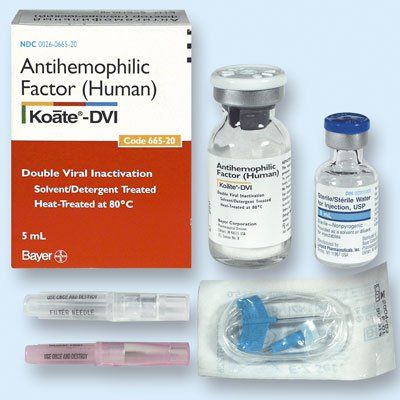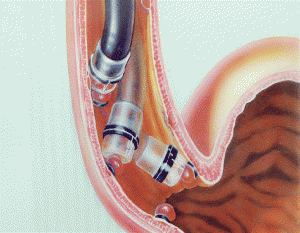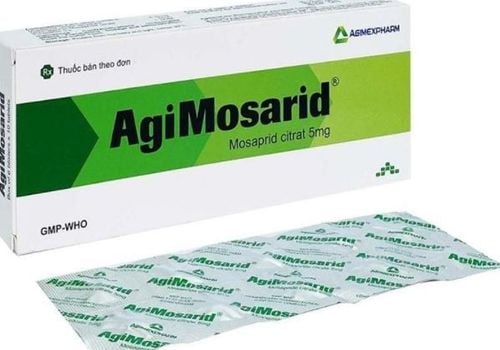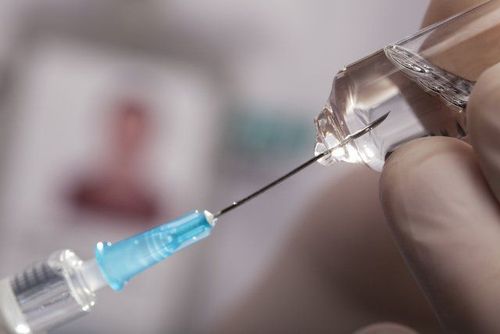This is an automatically translated article.
The article was written by MSc Vu Tan Phuc - Gastroenterologist, Department of Medical Examination & Internal Medicine - Vinmec Phu Quoc International General HospitalGastrointestinal bleeding due to esophageal varices is one of the potential and dangerous complications, but it is common and life-threatening in cirrhosis patients. The possibility of death is high if not treated promptly. If left untreated, about 25% to 40% of esophageal varices will rupture. And about 15% of patients with esophageal varices will die.
1. What is esophageal varices? Indications for treatment
Esophageal varices do not cause any symptoms for us to recognize, until they burst (vomiting blood or passing black stools).
Esophageal venous ligation with rubber ring is a recent technique commonly applied in the treatment of esophageal varices. Ease of use, high efficiency, and low complications are the advantages of this treatment technique. This is a technique that uses rubber bands to stop blood loss from ruptured esophageal veins or relieve pressure inside dilated but unruptured esophageal veins. Thereby limiting the possibility of rupture of these veins. Therefore, the indications for the treatment of esophageal varices will have the following main indications:
Emergency hemostasis in patients with gastrointestinal bleeding due to ruptured esophageal varices. Ligation prevents primary bleeding in patients with moderate to large esophageal varices (at risk of rupture), or in patients who cannot be prevented by medical therapy. Ligation prevents recurrent bleeding in recovered patients following an episode of gastrointestinal bleeding due to esophageal varices.

Hình ảnh nội soi thắt tĩnh mạch thực quản
Contraindications to gastrointestinal endoscopy in general Hepatic coma. Esophageal varices associated with gastric varices, severe liver failure, Heart failure Acute lung Severe shock, no supportive resuscitation Severe coagulopathy
2. Basic oesophageal varices endoscopic procedure
Patients need to fast for at least 6 hours before the procedure. Esophagoscopy to identify the degree of esophageal varices, the location of the dilation, and the associated lesions in the stomach. Proceed to insert the rubber ring into the straw, then install the straw with a rubber ring on the end of the illuminator, 6 rubber rings each time. Bring the endoscope (attached to the gun) close to the varicose vein to be ligated, slowly aspirate so that the varicose vein goes into the plastic ring. Turn the crank 1 turn clockwise so that the rubber ring slips out of the straw. Move the endoscope to another dilated bunion for further ligation. Location of ligation: a few centimeters from the cardia and into many varicose veins along the circumference of the esophagus. After ligation, the patient lies under observation for 24 hours, eats liquid and soft foods for 24 hours The esophageal varices are re-checked after 2 weeks to evaluate the effectiveness, if the varicose veins are still dilated, there is still danger. If the muscle bleeds, the patient will be ligated again.
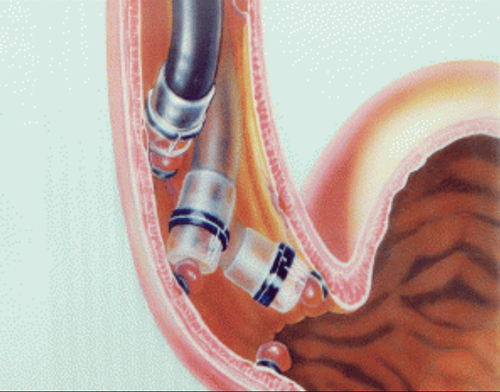
Nội soi thắt tĩnh mạch thực quản
Some possible complications during and after esophageal varices include: bleeding at the sphincter, pain behind the sternum, difficulty swallowing, nausea, esophageal ulcers, infection at the site of ligation.... However, these complications are uncommon and self-limited by prophylactic treatment.
In summary, endoscopic dilated esophageal varices is a highly technique, widely used, easy to do, highly effective in prevention and emergency treatment, but with few complications.
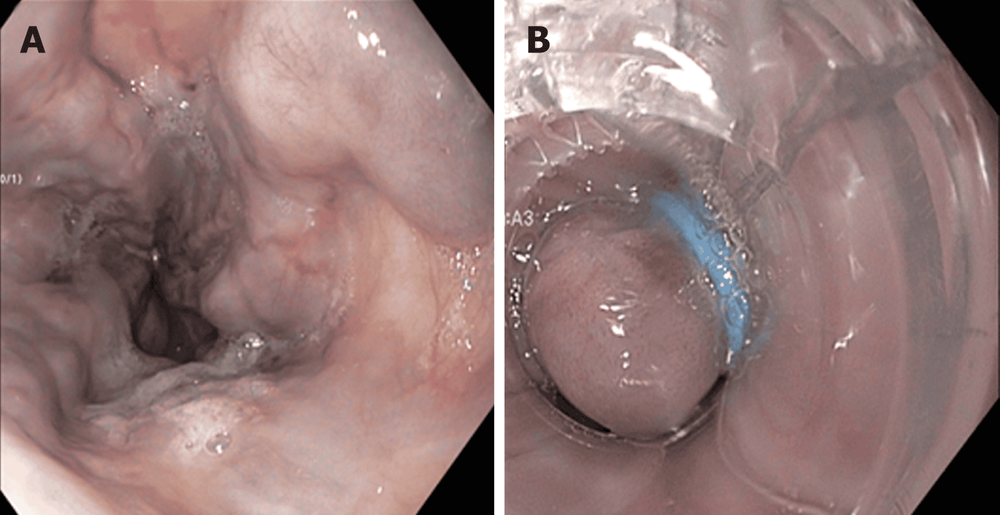
Hình A và B: trước và sau khi thắt tĩnh mạch thực quản
We should understand the importance of treatment as well as prevention and screening of esophageal varices. From there, there are plans to monitor as well as adhere to the treatment regimen for the patient.
To register for examination and treatment at Vinmec International General Hospital, you can contact Vinmec Health System nationwide, or register online HERE.
SEE MORE:
Esophageal varices: Causes, symptoms, diagnosis and treatment of esophageal varices in patients with cirrhosis Endoscopic image of esophageal varices






